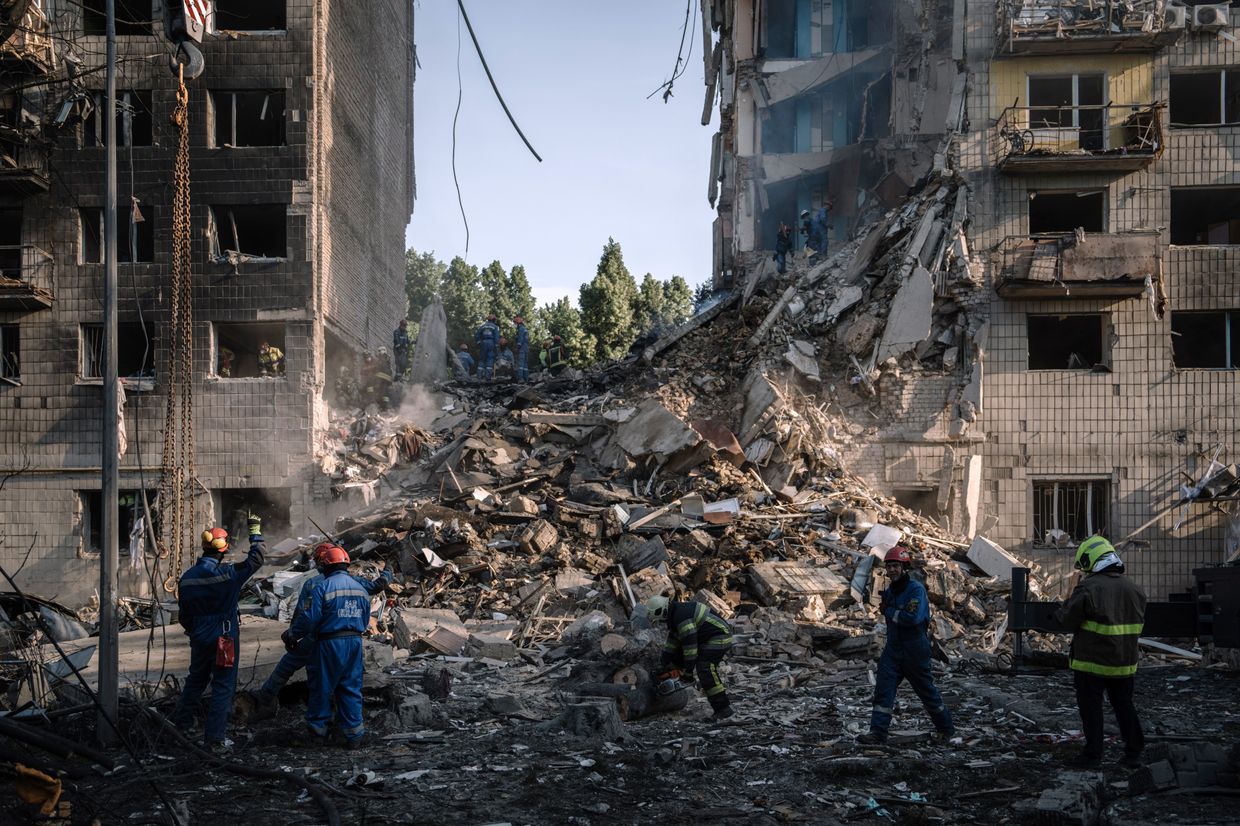There are some $4-5 billion of frozen Russian assets in the U.S. and it will be up to President-elect Donald Trump to decide what to do with them when he takes office in January 2025.
After Russia’s full-scale invasion of Ukraine, Western nations froze around $300 billion of assets belonging to the Russian Central Bank. The EU harbors around $220 billion, with $192 billion frozen in Brussels-based company Euroclear, as well as $26 billion in private assets.
The West has been divided about whether to confiscate the assets and hand them over to Ukraine. The G7 took a unified step in October by using the windfall profits to back $50 billion in Extraordinary Revenue Acceleration loans, of which the U.S. will provide $20 billion, to fund Ukraine’s reconstruction, economic, and defense needs.
The U.S. has so far led the charge after President Joe Biden signed the REPO Act in April. The bill green lit the confiscation of frozen Russian assets in the U.S. for Ukraine’s reconstruction and humanitarian assistance.
As part of the bill, the U.S. had to locate all Russian assets within its jurisdiction by August. Washington has so far not publicly released a report on the number of assets.
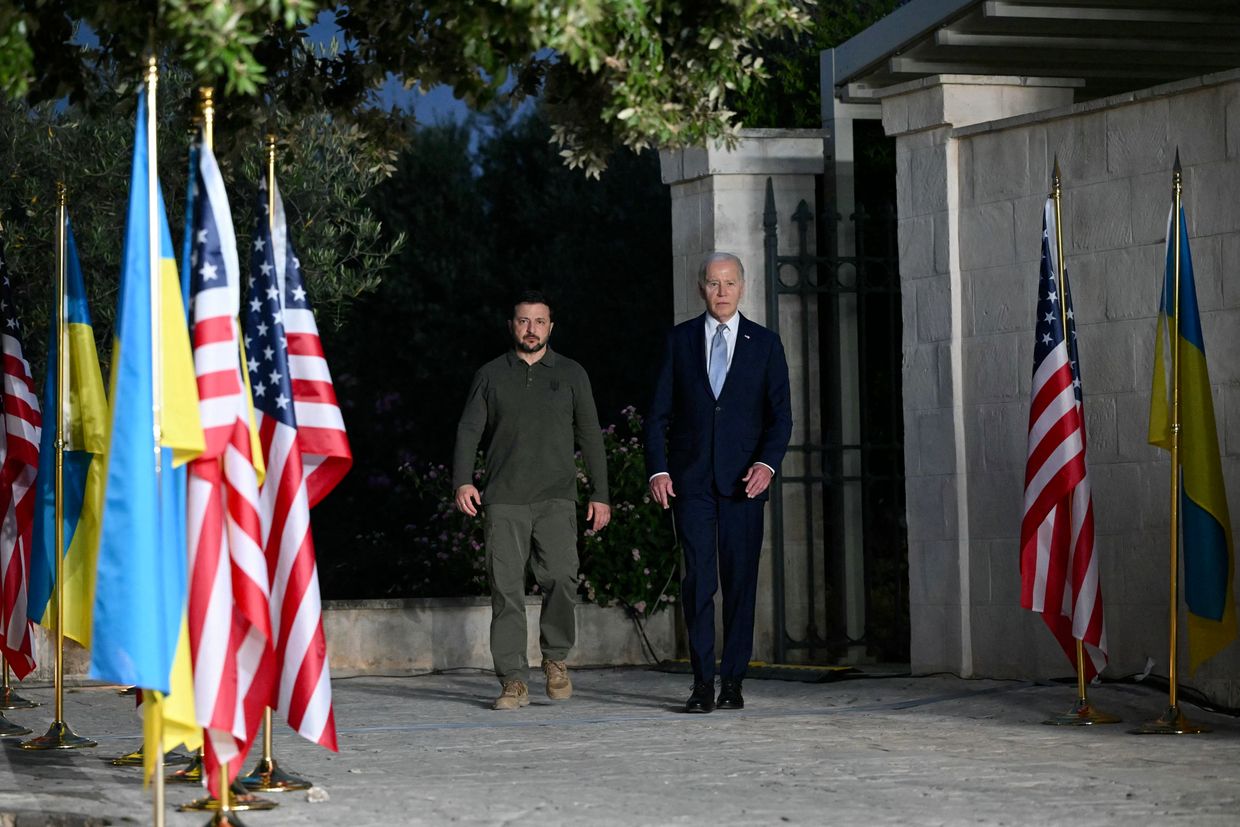
Trump has not directly commented on the frozen Russian assets and his unpredictability makes it hard to know which route he will take. Mobilizing the assets and making Russia pay fits in with his strong-man approach but he may also err on the side of caution for fear of foreign countries, like China and Saudi Arabia, pulling out their assets from the U.S.
Trump’s decision will also impact Europe. He could pressure a reluctant Brussels to pick up the slack and resolve the EU’s bickering over the issue. If Trump doesn’t confiscate U.S.-based assets or he cuts funding for Ukraine, Brussels may have to reevaluate its position on sending Kyiv the lump sum as the country’s defense and reconstruction costs pile up.
At least for now, it seems unlikely that Trump would unfreeze the assets and hand them back to Russia. While he has the legal power to suggest repealing or amending the REPO Act, the decision has to pass through Congress. Many Republicans support confiscation of the assets, including House Speaker Republican Congressman Mike Johnson.
“There's no automatic procedure for Trump to get rid of this whole thing entirely,” Anna Vlasyuk, a legal research fellow at the Kyiv School of Economics (KSE) told the Kyiv Independent.
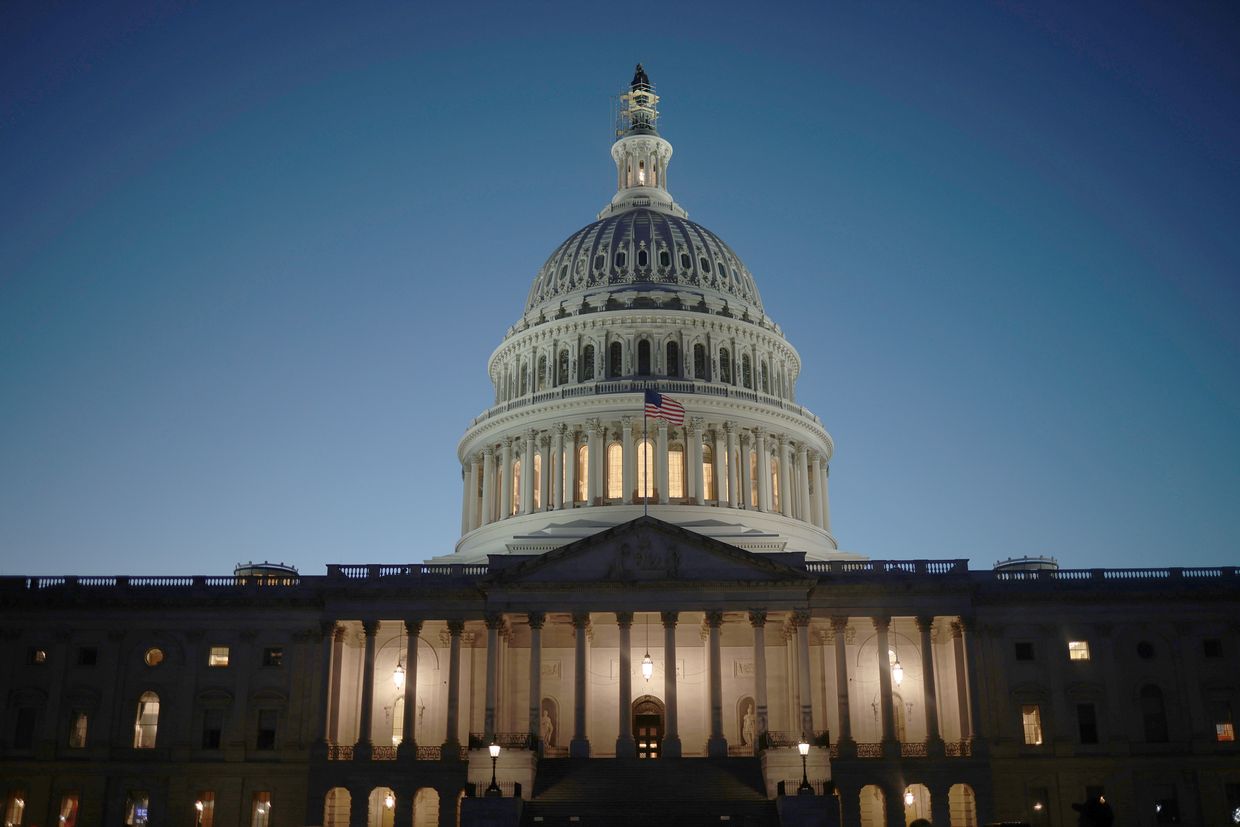
Pushing Europe
The REPO Act states that the assets should go into a non-interest-bearing Ukrainian support fund to be used for humanitarian help and reconstruction, last estimated at $486 billion, under the administration of the Secretary of State.
It also says that the decision to liquidate the assets needs to be multilateral across all partners. In other words, the U.S. won't do it unless the other G7 nations confirm they will follow suit.
Brussels and London have been bogged down in a debate about what to do with the assets. Opponents have lobbied against transferring the funds to Ukraine, citing concerns that it could destabilize G7 currencies if other countries pull their assets out of the West for fear they could be targeted next.
If Trump does confiscate the assets and the EU doesn’t, then countries friendly with Russia could pull their assets from the U.S. and buy bonds in Europe instead, said Vlasyuk. If Trump opts for liquidation, there is an incentive for him to push the others to act as well so as not to destabilize the U.S. dollar.
"A key point of Trump’s stance is that the EU should do more to support Ukraine."
“If Trump supports full confiscation, he could apply stronger pressure on the EU than Biden has been able to.”
The REPO Act has tried to mitigate fears from other countries by explicitly saying that the bill only covers Russian assets, as opposed to those of Russia-friendly countries, due to the unique circumstances of the invasion of Ukraine. It underlines that confiscation is legal as Russia has violated international law thus undermining its sovereign immunity.
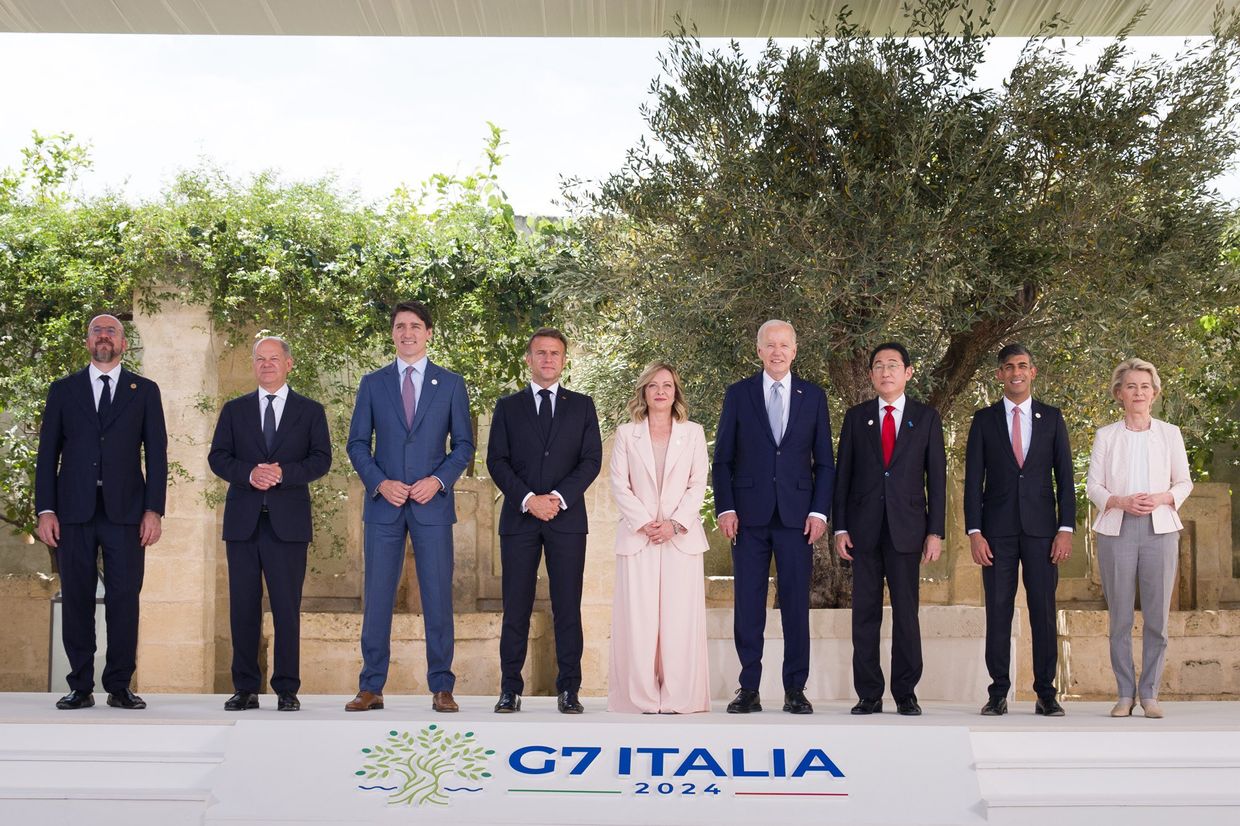
Vlasyuk says the risks presented by opponents of confiscation are blown out of proportion and that G7 currencies are too dominant to divest from. She pointed out that when the RCB ditched the U.S. dollar in 2021, it increased its Euro shares instead of solely relying on non-G7 currencies like the Yuan.
“The RCB would like to avoid currencies like dollars, euros, and pounds. But it can't afford it economically,” she said.
The EU, nonetheless, has remained cautious and agreed in March to only use the profits generated from Russian assets, approximately $3.2 billion. The G7’s ERA loans are so far the most notable breakthrough and will be in Ukraine’s hands by the end of the year.
While President Volodymyr Zelensky supported the $50 billion loan, he has stressed that the G7 should still go ahead with the full confiscation.
Trump’s options
The REPO Act is broad in terms of what it covers, meaning Trump can go after the property, bank accounts, and securities belonging to Russian state-owned companies in the U.S. in addition to oligarch assets.
Vlasyuk believes going after Russian state-owned companies will be an easier option for Trump than oligarch assets. In the U.S., legally proving that individuals are directly complicit in Russia’s aggression is an “uphill battle,” she said.
But while the bill obligates the president to locate the Russian assets it does not force confiscation. Trump could simply leave them immobilized without transferring the money to Ukraine if he thinks there is a risk to the U.S. dollar.
Already, Trump has raised alarm bells in Europe by indicating he could cut U.S. aid for Ukraine. If he decides not to act, then a cash-strapped Europe may consider liquidating the assets without Washington to keep funding Ukraine, although this could result in Russia divesting from the Euro, said Vlasyuk.
Trump has insinuated that he will push for negotiations with Russia to freeze the war, previously claiming he could end it "in 24 hours." Halushka says there is a risk that he could use the assets as a bargaining chip.
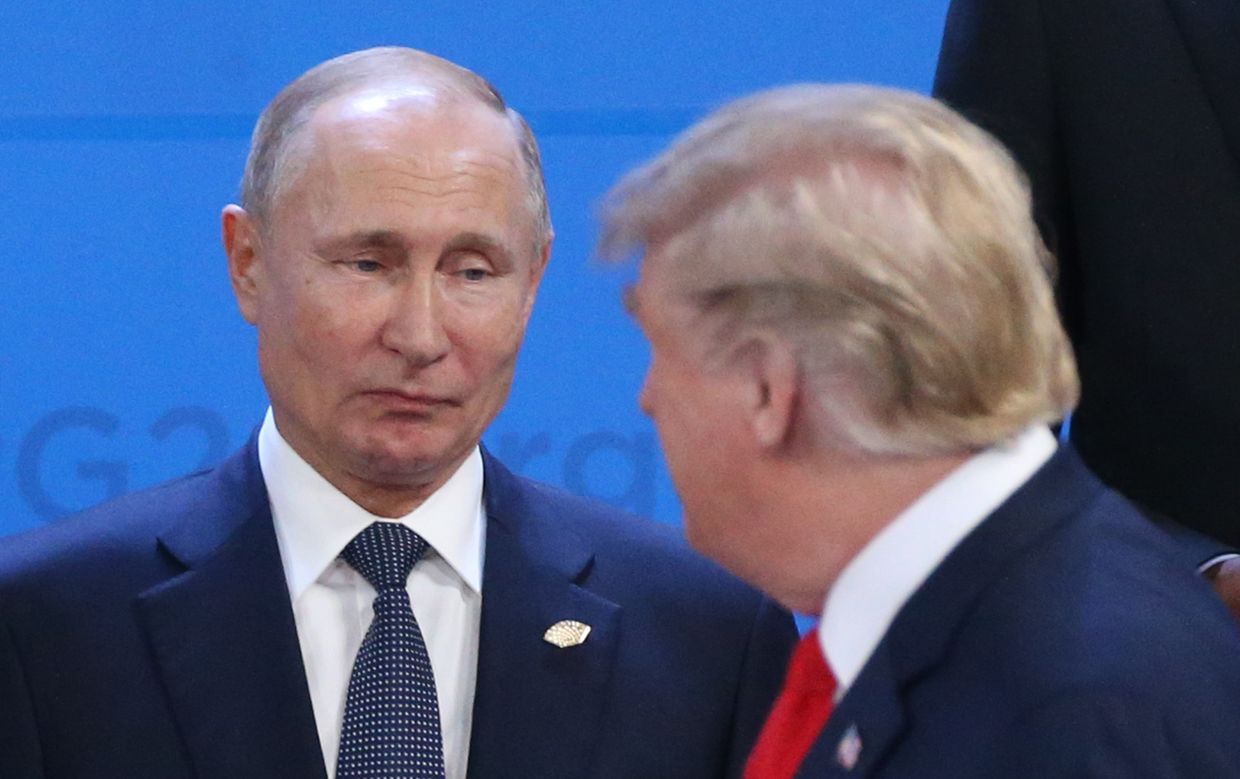
“This approach is weak: Russia has already accepted the loss of these funds, and freezing them hasn’t pressured Moscow into stopping the war,” she said.
Instead, Kyiv needs to convince its partners that it will be more worthwhile liquidating the assets for its needs, she added.
The REPO Act does not state that the assets can be used for defense purposes. But if Trump pushes the EU to confiscate the money, then Europe could set aside part of the funds to purchase weapons from the U.S., either with the windfall profits or investing the confiscated money.
This will see the EU increase its support and satisfy Trump while boosting the American defense industry and creating jobs, said Halushka. Ukraine will receive much-needed weapons and rely less on the political turbulence of its partners.
“If these assets are confiscated and a significant portion is directed toward purchasing American weapons for Ukraine, it creates a win-win situation,” she said.
Introducing official
merch from the Kyiv Independent











